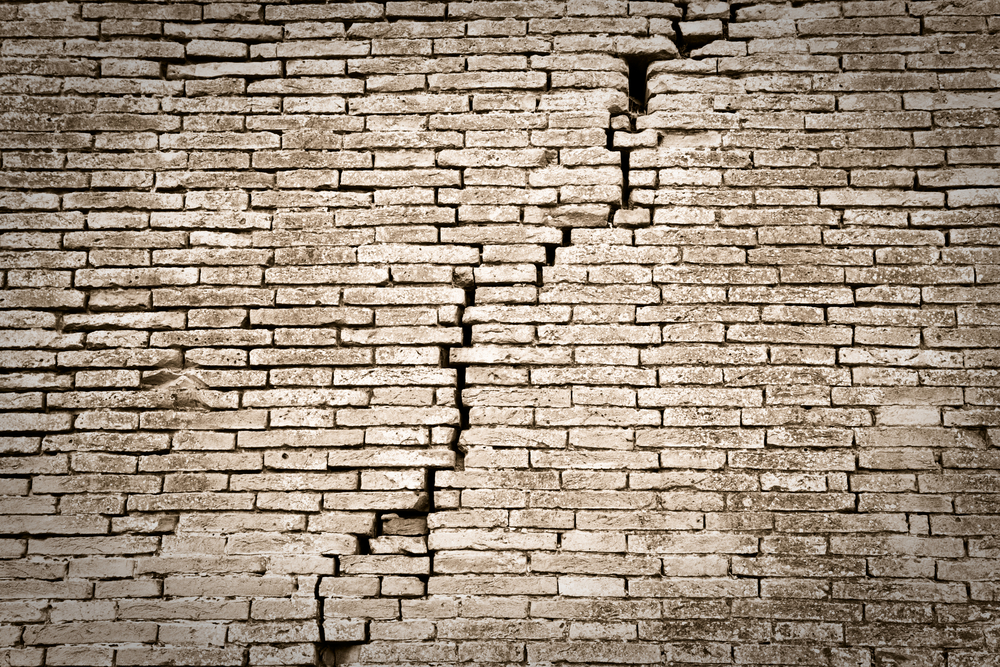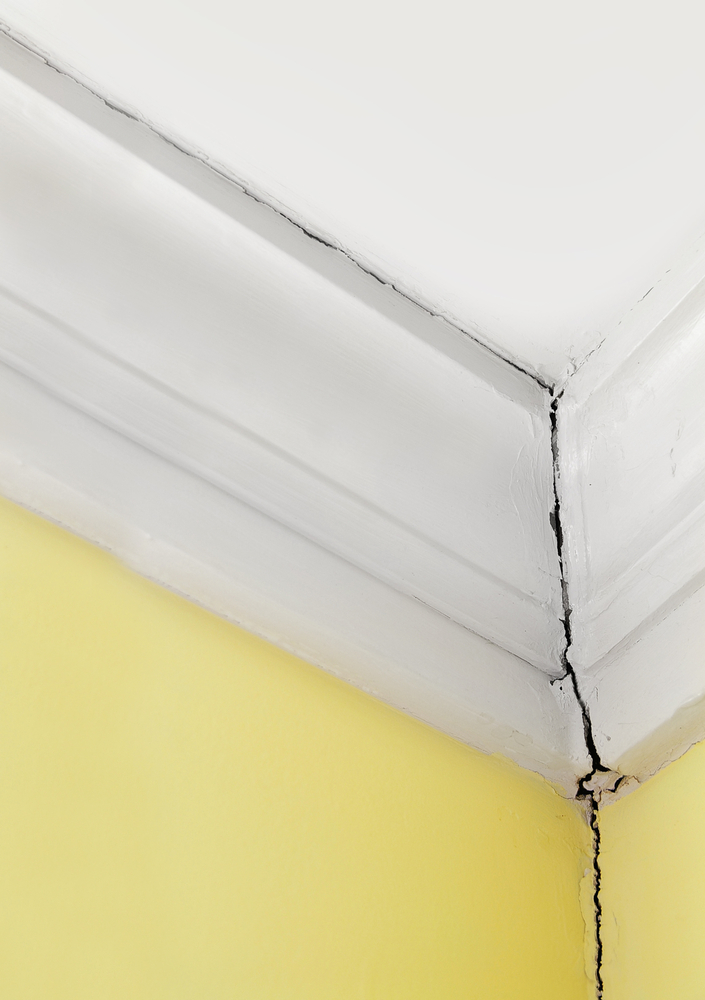
According to Brandon Cartee from propertycasualty360.com, foundation failure is a significant (and costly) problem in its own right. Left unaddressed, even relatively minor foundation damage can lead to much bigger (and more expensive) repairs down the road.
The best defense against escalating expenses is to scan for potential signs of foundation damage and address these issues as soon as they appear. Many of these signs often manifest in other parts of the home, usually several levels above the underlying foundation.
Here is a simple checklist of the five most common signs that your foundation is having problems.
1. Cracked, crumbling or compromised foundations
When doing routine property inspections, start with the foundation itself. Built to last, this underlying support should never show any noticeable signs of structural damage, including:
- Hairline fractures or cracks (vertical, horizontal or zigzagging)
- Sloping, sagging or buckling of foundation floors or walls
- Ruptures or gaps
- Crumbling or flaking (of the concrete)
- Moisture (including pooling water, mold and stains)
These inspections should be conducted both inside the home (within the basement) and along all exterior surfaces of the foundation.
Whenever an opening is formed, it becomes the weakest point of the wall and is often the first place where foundation problems become visible. Cracks extending out from the corners of doors and windows, separation from framing or finish, and doors and windows that stick are things to keep a watchful eye out for. If your windows are closed and still letting air in, caulk won’t fix the breeze in the long run.
2. Water damage and soil shifting
Improper water drainage is one of the leading causes of foundation failure. When soil surrounding the home rapidly expands (during wet spells) and contracts (during dry ones), this can lead to unnatural soil shifting — a process that places tremendous pressure on the underlying foundation.
In addition to being a major cause of foundation damage, improper water drainage is also a telltale sign that foundation failure has already taken place. Cracks in the foundation can redirect water to lower soil levels, resulting in excessive moisture buildup around the property.
Whether a symptom or cause, water damage requires immediate intervention. Fortunately, homeowners can check for potential signs of water damage by inspecting the soil around the property to see if it is:
- Unnaturally wet (assuming no rain has fallen recently)
- Unusually dry (following a heavy rainfall or after watering the lawn with a garden hose)
However, water damage and improper drainage often exist in other parts of the home — sometimes hidden from view. In addition to doing a top-to-bottom inspection of the property, homeowners should also check for invisible leaks by:
- Shutting off all water-based appliances, spigots and faucets
- Noting the exact readout of the water meter
- Waiting six to 12 hours
- Checking to see if the water meter has changed
If there is a change, leaks may exist behind the wall or underneath the floor. Call in both a plumber and foundation repair expert immediately — before the problem gets worse.
3. Sagging floors and warped ceilings
Issues that originate in the foundation can sometimes appear in some of the upper levels of the home — often in the form of sagging floors or warped ceilings. Also be on the lookout for exposed gaps where interior walls are supposed to meet with each floor and ceiling.
With a level tool, verify whether the slope is consistent on each floor and ceiling. For a “low-tech” solution, use a tennis ball to see if minute gradients exist. When placed in random locations on every floor, the tennis ball should never move.
4. Cracked, crumbling or buckling walls
All properties settle with time — it’s only natural. In fact, building materials are designed to “give” a little bit.
But excessive settling is another common sign of foundation failure, with the most obvious symptoms manifesting as cracks, buckling and crumbling in the upper walls of the home.
Homeowners should routinely inspect all interior and exterior walls for:
- Cracks, fissures, warps and shifts
- Crumbling and decay — especially with cement or brick façades
- Water damage (moisture, mold and stains)
When conducting these inspections, don’t overlook corners, pillars, joints, molding and chimneys — all of which should be straight and flush.
Anywhere you see cracks around the interior of your home should be a clue that you may have a foundation issue. Cracks within your drywall, ceilings, concrete walls, or concrete floors should be a hint to call in a foundation expert for an estimate. Another common sign within the interior of your home is buckling drywall tape and cracks along drywall seams.
5. Improperly Fitting Doors and Windows
All of the windows and doors throughout the home should fit snugly in place — neither too tight nor too loose.
Even when foundation damage isn’t to blame, homeowners should fix these problems right away. Improperly fitting doors and windows often lead to uncontrolled heat loss and unusually high utility bills.
When conducting these inspections, don’t forget to include garage doors, HVAC vents and attic windows.
By scanning for these signs on a regular basis, it’s possible to catch problems early and keep foundation repairs to a minimum while extending the lifetime of a property.








